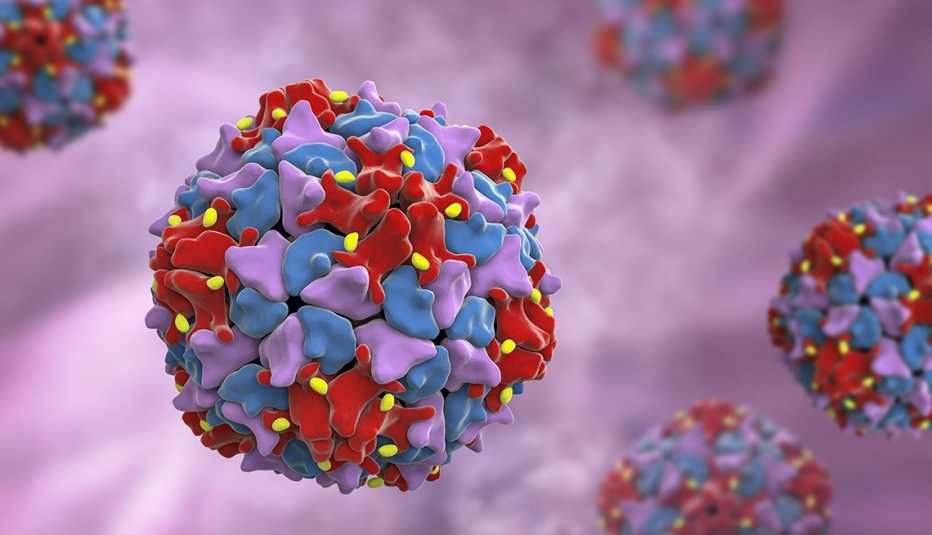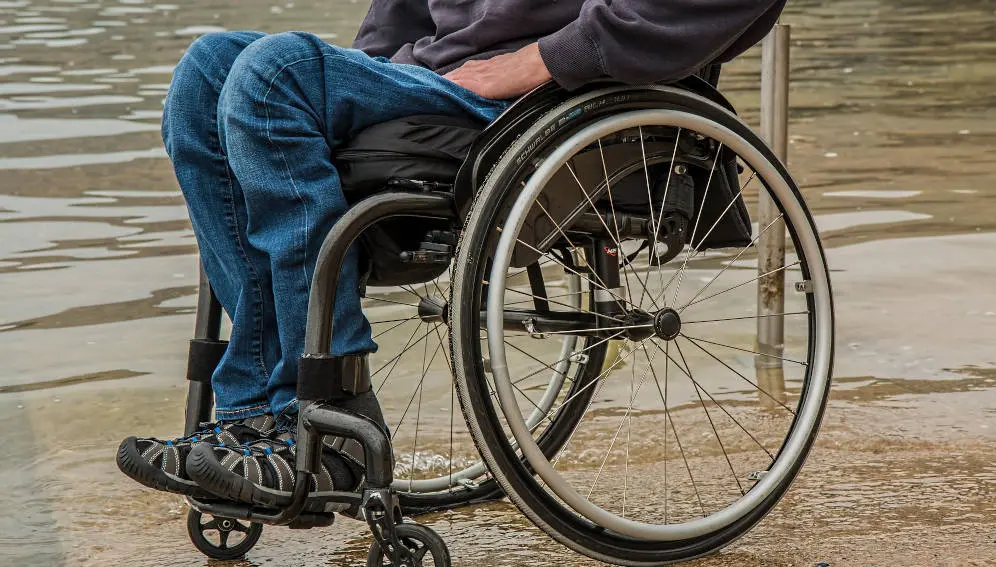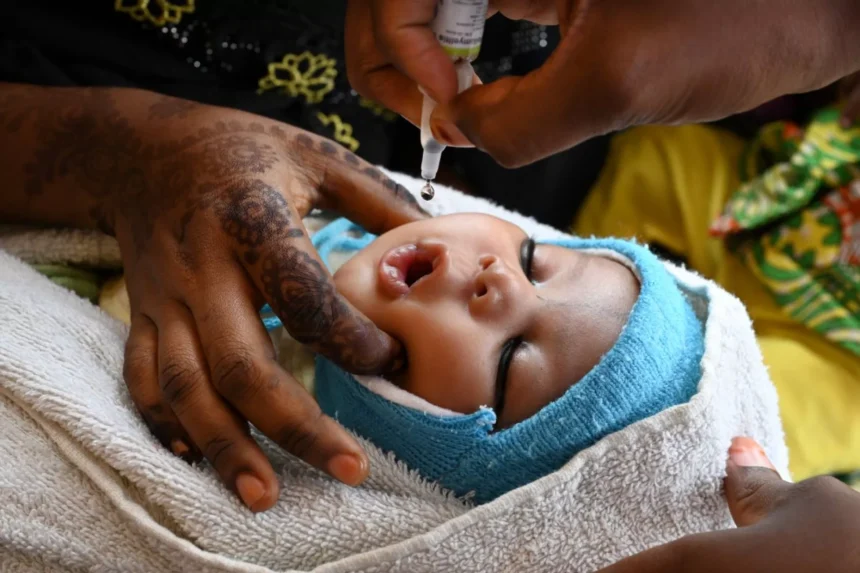Polio Awareness Canada: Understanding the Risk
Polio, a highly contagious viral infection that can cause paralysis and death, has been eradicated in Canada thanks to decades of successful vaccination campaigns. However, recent declines in vaccine coverage have raised concerns that the virus could return, putting children and vulnerable populations at risk. Polio Awareness Canada emphasizes the importance of routine immunization to prevent the resurgence of this devastating disease.
Polio survivors in Alberta, including Pat Murray, recall the physical and emotional toll of the infection. Murray contracted polio at nine months old, experiencing severe paralysis and lasting health challenges. Her story, along with other survivors, underscores the potential consequences if vaccination rates fall below the herd immunity threshold.
The Lasting Impact of Polio: Post-Polio Syndrome
Many polio survivors now live with post-polio syndrome (PPS), a condition that affects 30 to 40 percent of those previously infected. PPS can appear decades after the initial infection, leading to gradual muscle weakness, atrophy, and fatigue. There is currently no cure, and treatment focuses on symptom management, physical therapy, and adaptive strategies to maintain mobility and independence.
Alberta survivors such as Bernie Hornung and Ferne Hymanyk share firsthand accounts of lifelong challenges caused by polio. Hornung required ankle fusion to walk without support, while Hymanyk spent time in specialized hospital wards for intensive care. Their experiences highlight why maintaining high vaccination coverage is essential to prevent future generations from facing similar hardships.

How Polio Spread and the Global Eradication Effort
Historically, polio outbreaks were common, particularly in the early 20th century during the summer months. The virus spread through contaminated water and person-to-person contact, causing severe paralysis in thousands of children worldwide. Parents often avoided public spaces, and hospitals filled with children in iron lungs, dependent on mechanical ventilation for survival.
The introduction of the polio vaccine in 1955 marked a turning point. The World Health Organization (WHO) launched a global vaccination campaign in 1988 with the ambitious goal of eradicating polio, a feat previously achieved only with smallpox. While Afghanistan and Pakistan remain the only countries where wild polio virus transmission continues, global vaccination efforts have dramatically reduced cases worldwide.
Declining Vaccination Rates in Canada
In Canada, polio was declared eradicated in 1994. However, herd immunity requires at least 95 percent of children to be fully vaccinated. According to Statistics Canada, national polio vaccine coverage for children by age two is approximately 91 percent, below the ideal threshold. In Alberta, the rate has dropped from 93 percent in 2017 to 85 percent in 2021, raising concerns about potential outbreaks.
Polio vaccines in Canada are part of a combination immunization schedule (DTaP-IPV-Hib-HB), protecting against diphtheria, tetanus, pertussis, polio, Haemophilus influenzae type b, and hepatitis B. Multiple doses in early childhood ensure long-lasting immunity. Two doses provide 90 percent protection, while three doses offer 99 percent protection against severe disease.
The Importance of Herd Immunity
Herd immunity protects those who cannot receive the vaccine, such as infants, immunocompromised individuals, and those allergic to vaccine components. Maintaining vaccination rates above 95 percent ensures that poliovirus cannot spread, even if a single child becomes infected. Without sufficient coverage, polio could re-emerge in Canada, resulting in preventable paralysis and death.
Survivors stress that misinformation and vaccine hesitancy threaten decades of progress. Murray emphasizes, “It just does not make sense to ignore solid science that ensures children can grow up healthy.” Public health campaigns must continue to educate parents about the life-saving benefits of vaccination.
Personal Stories: The Human Cost of Polio
Hearing survivors recount their experiences brings urgency to vaccination efforts. Murray recalls lying helplessly, able only to move her head, while her sister endured similar paralysis. Hymanyk remembers being separated from her family at age nine, sent to a hospital ward filled with children stricken by polio. Hornung’s lifelong reliance on braces and surgeries illustrates the long-term consequences of polio infection.
These stories reinforce why high vaccine coverage is critical. Each polio case prevented is a life spared from paralysis, post-polio complications, or death. Public awareness campaigns in schools and communities are key tools in sustaining immunization rates. https://www.who.int/health-topics/poliomyelitis#tab=tab_1

Preventing a Return: What Canadians Can Do
Polio Awareness Canada urges parents to ensure their children are up-to-date on routine vaccinations. Health authorities recommend checking immunization records, scheduling missed doses, and consulting healthcare providers for guidance. Beyond childhood immunization, adults traveling to areas where polio remains endemic should verify booster coverage.
Public health measures also include monitoring and surveillance to quickly identify and contain any potential cases. Clinics and healthcare providers play a vital role in educating communities, dispelling myths, and providing easy access to vaccines.
Global Lessons: Why Eradication Is Not Guaranteed
Even countries with historically strong vaccination programs are not immune to polio resurgence. Conflicts, migration, and vaccine hesitancy can interrupt immunization campaigns, as seen in recent outbreaks in regions previously declared polio-free. Maintaining vigilance, funding, and public trust is critical to ensuring that Canada and other nations remain polio-free.
WHO and partner organizations emphasize that eradication requires near-perfect immunization coverage and ongoing monitoring. One unvaccinated child anywhere in the world represents a potential source for the virus to spread globally.
Conclusion: Protecting Future Generations
Polio may have been eradicated in Canada decades ago, but declining vaccination rates highlight the ongoing risk. Survivors’ stories, scientific evidence, and global experience all point to the same message: immunization saves lives.
Polio Awareness Canada urges all parents and caregivers to prioritize vaccinations, maintain herd immunity, and educate communities about the dangers of the disease. Protecting children from polio ensures that future generations will never experience the physical, emotional, and societal consequences that survivors endured.




